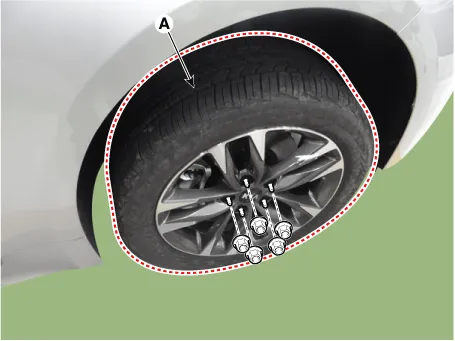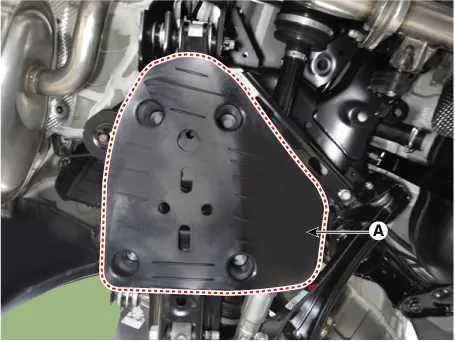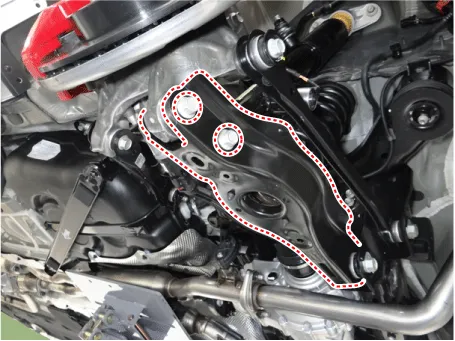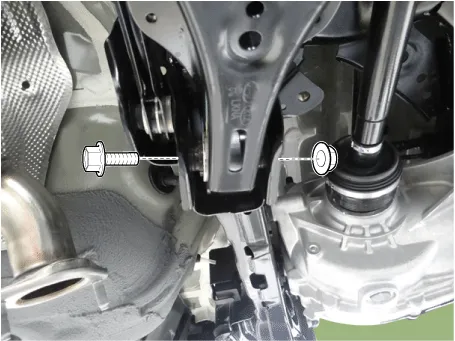Other information:
Kia Stinger (CK) 2018-2023 Service Manual: Fuel Pump Control Module (FPCM)
Description and operation
Description
Installed on the righthand side of the fuel tank, the fuel pump control module
(FPCM) controls the DC motor mounted inside the low pressure fuel pump.
The module compares instantaneous fuel pressure information measured by the fuel
pressure sensor (FPS) with target fuel pressure information provided by the ECM
and generates the desired target fuel pressure by controlling the fuel pump motor
and regulating fuel flow rate in the low pressure fuel line between the low and
high pressure fuel pumps.
Kia Stinger (CK) 2018-2023 Service Manual: Cowl Side Trim
Components and components location
Component Location
1. Cowl side trim
Repair procedures
Replacement
Put on gloves to protect your hands.
•
When prying with a flat-tip screwdriver or using a prying trim
tool, wrap protective tap around the tool and related parts to prevent
damage.







